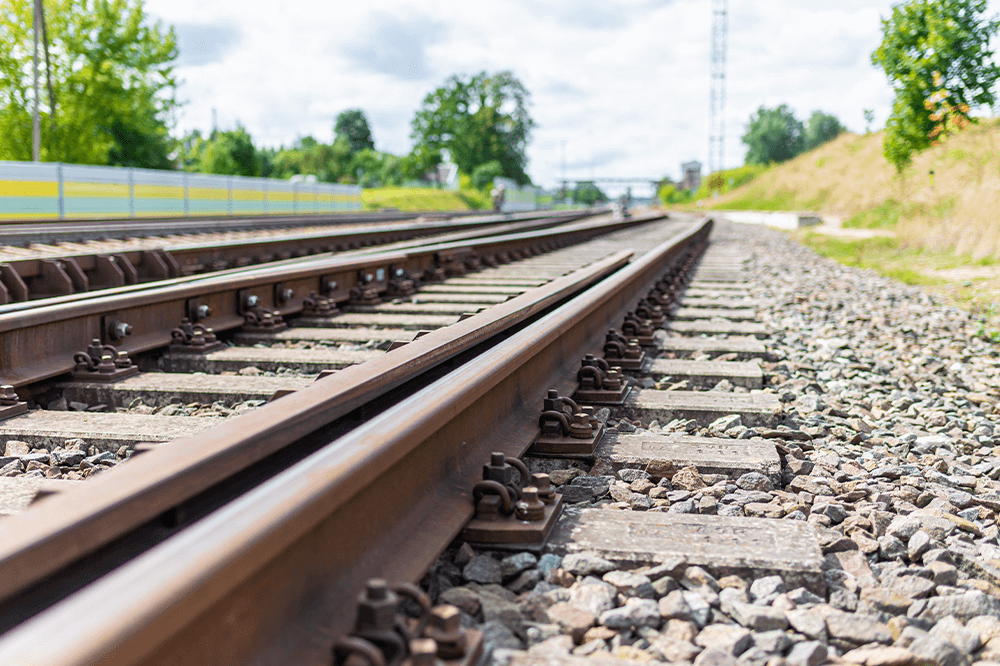Hungary and Serbia are investing in substantial upgrades to the rail infrastructure connecting the two countries—with support from Russia and China.
On October 18th, Hungarian prime minister Viktor Orban and Serbian president Aleksandar Vucic met in Horgos where they jointly attended opening ceremonies initiating reconstruction work on a 26-kilometer stretch of the Subotica-Szeged railway.
The modernized, electrified segment will allow trains traveling along the route to reach speeds of up to 120-kilometers per hour. Other upgrades include reconstructing several train stations, depots, and passenger thru-passes. Once completed, passengers commuting between Subotica and the Hungarian town of Szeged will be able to make the trip in forty minutes (including stops at the border and several stations en route). The scheduled completion date for the project in November 2022.
In addition to passenger traffic, the project will modernize intermodal transportation throughout the region, enhancing connections between the Port of Baja on the Danube, and logistics centers in Vojvodina and Belgrade.
Work on the project is being completed by the Novi Sad-based transportation and infrastructure company Karin Commerce, with the Russian firm RZD International (a subsidiary of Russian Railways Holding), as a 25-percent partner.
The Subotica-Szeged line is a spur of the Belgrade-Budapest line, which stretches 183 kilometers between Belgrade Centar station and the Hungarian border, and then another 163 kilometers to Budapest. Once completed, the reconstruction and modernization of the Belgrade-Budapest railway will reduce travel times between the two cities from the current eight hours to three.
The Belgrade-Budapest railway has been described by the analyst Andreea Brinza as “the aorta of the China-Europe land-sea fast intermodal transportation route,” and a major element of China’s overall Belt and Road Initiative (BRI). Chinese and Russian loans have helped finance the estimated €4 billion cost of the overall Belgrade-Budapest railway project, and when completed (current estimates project an opening date of 2025), it will be one of the most important links transporting Chinese goods from the Port of Piraeus (where China has acquired a controlling interest over the past decade) to the EU.
The Belgrade-Budapest railway project, of course, also promotes the strategic interests of Hungary and Serbia. Hungary will solidify its status as a major transportation hub for the EU, and Serbia gains by enhancing its role as a major transportation corridor linking Europe with the Middle-East and Asia.


